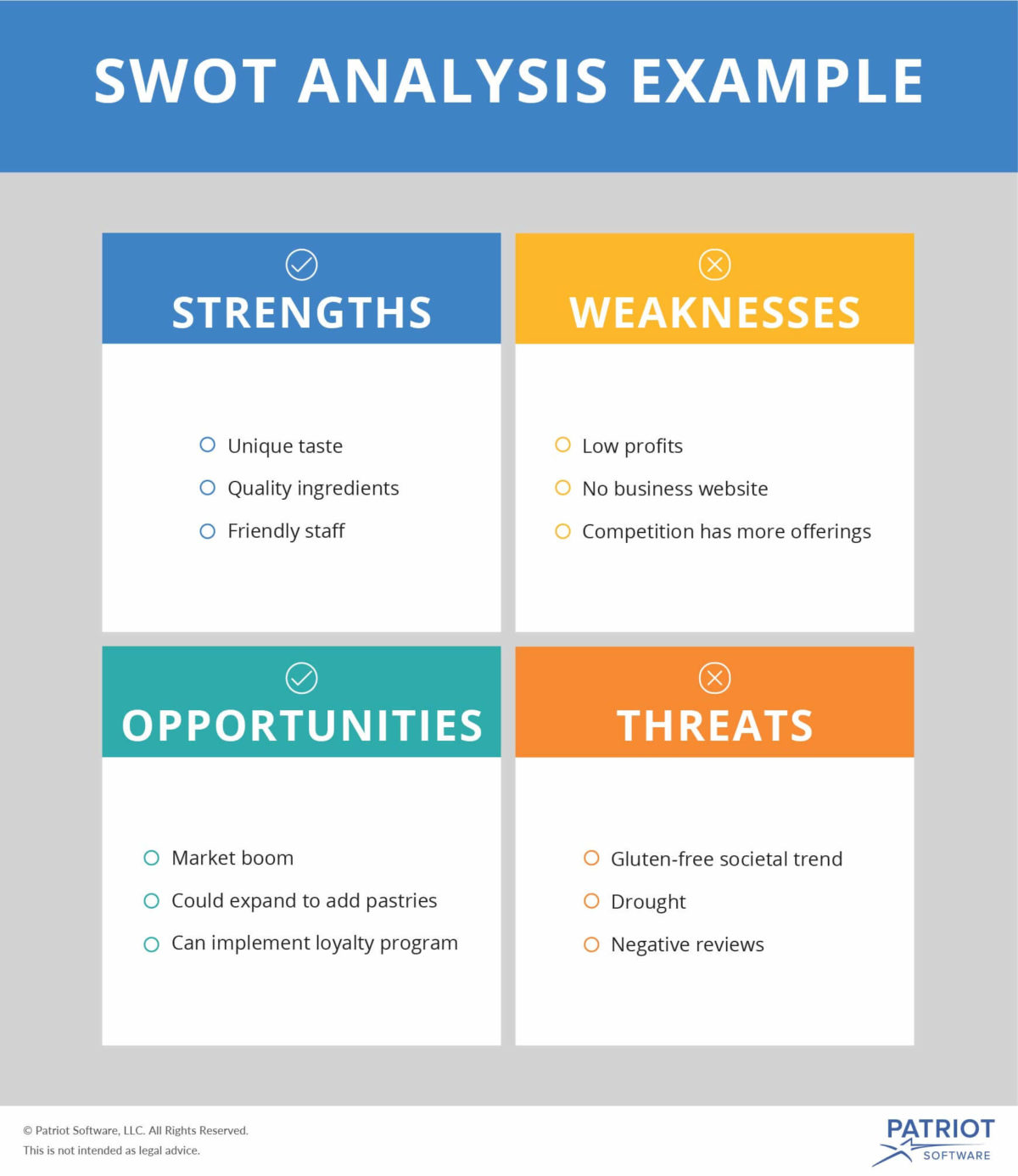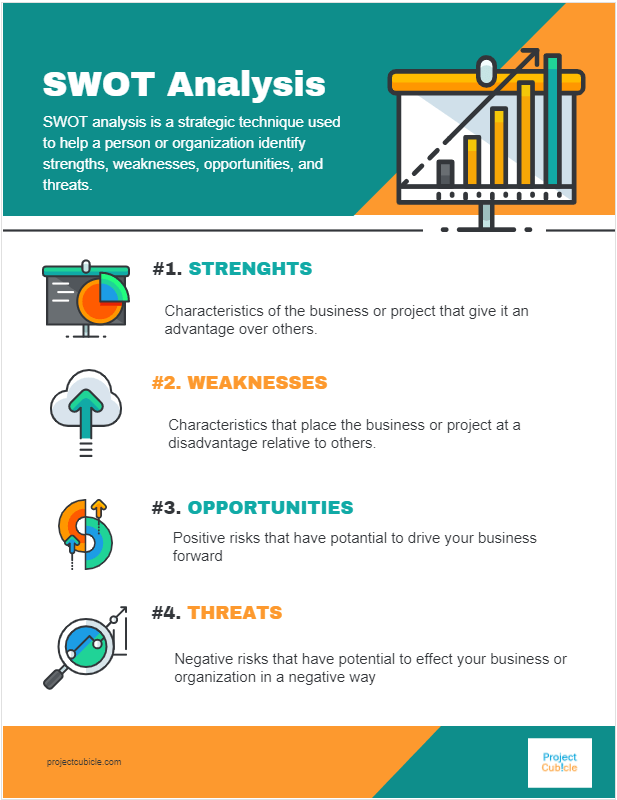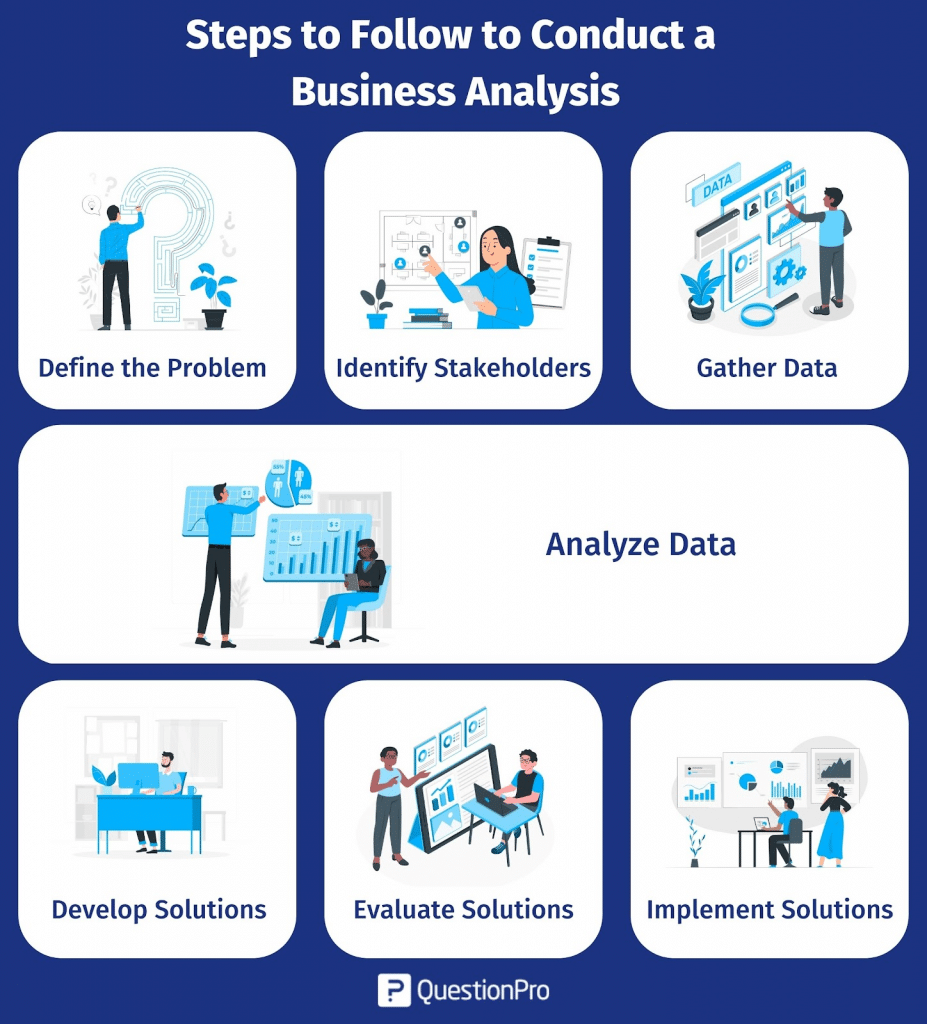How to Conduct a SWOT Analysis for Your Business

In the dynamic world of business, staying ahead of the curve is not just an advantage—it's a necessity. Imagine your business as a ship navigating through uncharted waters. To steer clear of icebergs and find the most profitable routes, you need a comprehensive map. That map is your SWOT analysis. SWOT stands for Strengths, Weaknesses, Opportunities, and Threats. It's a powerful tool that helps you understand your business's internal and external environment, making strategic planning a breeze. Let's dive into how you can conduct a SWOT analysis for your business and gain a competitive advantage.
Understanding SWOT Analysis
What is SWOT Analysis?
SWOT analysis is a strategic planning tool used to identify and evaluate the Strengths, Weaknesses, Opportunities, and Threats involved in a business venture. It's like having a compass that guides you through the complex landscape of market analysis and business strategy.
Why Conduct a SWOT Analysis?
Conducting a SWOT analysis helps you make informed decisions, identify areas for improvement, and capitalize on opportunities. It's akin to having a bird's-eye view of your business, allowing you to see the bigger picture and plan accordingly.
Steps to Conduct a SWOT Analysis
Step 1: Identify Your Strengths
Strengths are the internal attributes and resources that your business possesses. These are the things that set you apart from your competitors. Think about what you do well, your unique selling points, and the resources you have at your disposal.
Example:
- Strong brand reputation
- Skilled workforce
- Financial stability
Step 2: Recognize Your Weaknesses
Weaknesses are the internal factors that hinder your business's performance. These are the areas where you need improvement. Be honest with yourself and identify what's holding you back.
Example:
- Limited marketing budget
- Outdated technology
- Dependence on a single supplier
Step 3: Spot Opportunities
Opportunities are external factors that your business can exploit to its advantage. These are the trends, changes, and gaps in the market that you can capitalize on. Keep an eye on the market and be ready to seize these opportunities.
Example:
- Emerging markets
- Technological advancements
- Changes in consumer behavior
Step 4: Assess Threats
Threats are external factors that pose a risk to your business. These are the challenges that you need to be aware of and prepare for. Stay vigilant and be ready to mitigate these threats.
Example:
- Economic downturns
- Competitor actions
- Regulatory changes
Applying SWOT Analysis to Strategic Planning
Matching Strengths with Opportunities
Once you've identified your strengths and opportunities, look for ways to leverage your strengths to take advantage of these opportunities. This is where you can really shine and gain a competitive advantage.
Example:
- Use your strong brand reputation to enter emerging markets.
Converting Weaknesses into Strengths
Identify ways to turn your weaknesses into strengths. This could involve investing in new technology, training your workforce, or diversifying your supply chain.
Example:
- Upgrade your technology to improve efficiency and reduce costs.
Mitigating Threats
Develop strategies to mitigate the threats you've identified. This could involve diversifying your product range, building a contingency fund, or staying ahead of regulatory changes.
Example:
- Diversify your product range to reduce dependence on a single market.
Real-World Examples of SWOT Analysis
Case Study: Apple Inc.
Strengths:
- Strong brand loyalty
- Innovative products
- Financial stability
Weaknesses:
- High product prices
- Dependence on a few key products
Opportunities:
- Growing demand for wearable technology
- Expansion into new markets
Threats:
- Intense competition
- Economic downturns
Apple leverages its strong brand loyalty and innovative products to capitalize on opportunities in wearable technology and new markets. It also works on diversifying its product range to mitigate the threat of intense competition.
Tools and Resources for SWOT Analysis
SWOT Analysis Templates
There are numerous SWOT analysis templates available online that can help you organize your thoughts and structure your analysis. Websites like Template.net offer a variety of templates to suit your needs.
SWOT Analysis Software
Software tools like MindTools and Lucidchart can help you create and visualize your SWOT analysis. These tools provide interactive features that make the process more engaging and effective.
Conclusion
Conducting a SWOT analysis is a crucial step in strategic planning. It helps you understand your business's strengths, weaknesses, opportunities, and threats, allowing you to make informed decisions and gain a competitive advantage. By leveraging your strengths, converting your weaknesses, seizing opportunities, and mitigating threats, you can steer your business towards success.
Remember, a SWOT analysis is not a one-time exercise. It's an ongoing process that should be revisited regularly to ensure that your business remains on the right track. So, are you ready to navigate the uncharted waters of the business world with confidence? Start your SWOT analysis today and watch your business thrive.
FAQs
What is the difference between SWOT analysis and PEST analysis?
- SWOT analysis focuses on internal (Strengths, Weaknesses) and external (Opportunities, Threats) factors, while PEST analysis focuses solely on external factors (Political, Economic, Social, Technological).
How often should I conduct a SWOT analysis?
- It's recommended to conduct a SWOT analysis at least once a year or whenever there are significant changes in your business or market environment.
Can SWOT analysis be used for personal development?
- Yes, SWOT analysis can be used for personal development by identifying your personal strengths, weaknesses, opportunities, and threats.
What are some common mistakes to avoid in SWOT analysis?
- Common mistakes include being too vague, not being honest about weaknesses, and not considering all external factors.
How can I use SWOT analysis to improve my marketing strategy?
- By identifying your marketing strengths and opportunities, you can develop strategies to leverage these factors and improve your marketing efforts.


Belum ada Komentar untuk "How to Conduct a SWOT Analysis for Your Business"
Posting Komentar